Tag: water
The Hows And Whys Of Water Storage | episode 207
The Hows And Whys Of Water Storage | episode 207 This week I talk all about The Hows And Whys Of Water Storage. How to store water and how much […]
How To Build An Off Grid Gravity Fed Water System Cheaply
How To Build An Off Grid Gravity Fed Water System Cheaply An off grid Gravity Fed Water System is a great option for running water. Since many […]
Different Types of Bottled Water
Today I have a guest post for you on bottled water. Many of us either drink or store bottled water. But how many even give it a second thought. […]
Episode 65 Finding Water
Finding Water This week we discuss different ways of finding water and making it safe to drink. We tested using a bag on tree branches for the episode. Getting water […]
How to Purify Water with Iodine for Survival
Today I have a guest post from the good people over at survivopedia. I think that iodine %2 tincture is great for water purification, better for you than bleach, and should […]



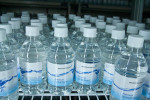

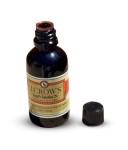

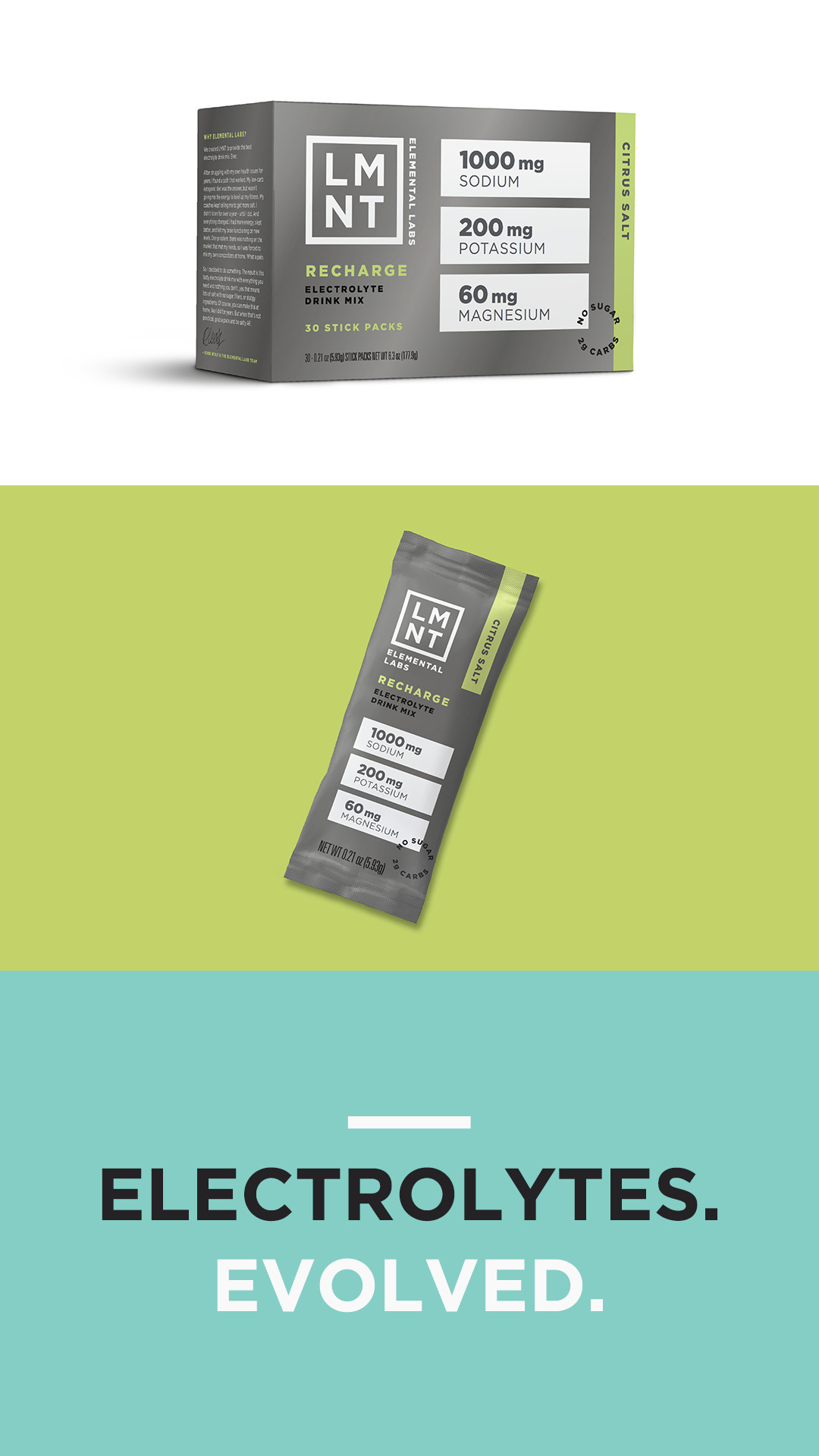
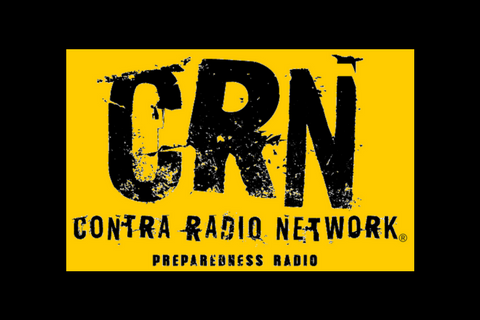




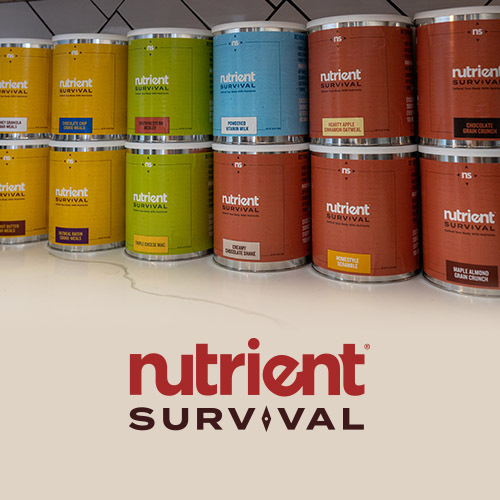
Follow Us!